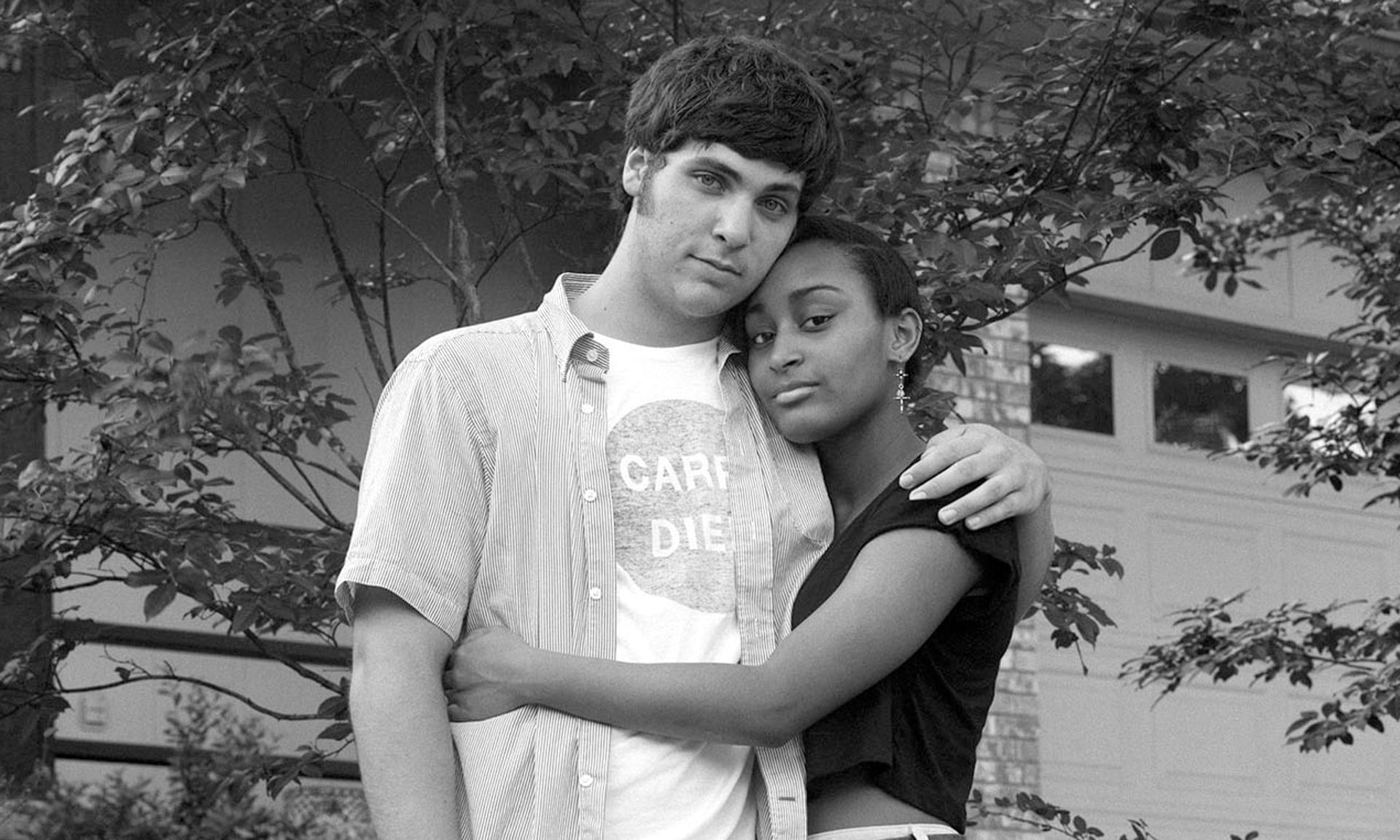We Must Be Alive: Among the Wild Mulattos & Other Tales by Tom Williams
Electric Lit
2015-11-13
Rosie Clarke
In his 1991 hit song, Black or White, Michael Jackson meditates on racial equality, singing, “I’m not going to spend/My life being a color.” However, Jackson’s well-documented, complicated relationship with his African American appearance speaks to the contrary. In a way, Jackson’s transformation from his natural skin tone to an eerie, bleached white speaks not just of his profound personal battle with identity, but a broader problem in America as a whole. The simple fact is, that as a result of systematic white supremacy, many African Americans do spend their lives “being a color.” This troubling issue forms the central motif of Kentucky-born writer and academic Tom Williams’ short story collection, Among the Wild Mulattos & Other Tales.
The burdens of oppression, violence, and inequality shouldered by black Americans weigh heavy. But how are bi or multiracial people affected—the shades of grey, if you will, in the simplified divisions of ‘black’ and ‘white’—and how are they recognized and represented in cultural phenomena like literature? Here, Williams attempts to address these matters in their multifarious forms…
…Author of The Mimic’s Own Voice and Don’t Start Me Talkin’, and currently Chair of English at Kentucky’s Morehead State University, Williams explores in detail the experience of biracial Americans in a contemporary environment that claims, albeit falsely, to be ‘post-racial.’ The eponymous ‘mulatto’ is a term traditionally denoting a person with one black and one white parent, or sometimes referring to someone with mixed black and white ancestry. Not commonly used today, mulatto is regarded as at best archaic and at worst a racial slur, which is reasonable considering the etymology of the word is based in the Latin mūlus, or mule, the infertile offspring of a horse and donkey.
Perhaps unsurprising given his own mixed race heritage, Williams is explicitly concerned with representations of biracial identity, using fiction to consider the ways in which biracial individuals navigate a world that is unsure whether to treat them as black or white. The majority of these stories are located in the Southern and Midwestern states, where racism remains rife, and racial tension is high. One character, in ‘Who Among Us Knows the Route to Heaven?,’ describes his reception as a biracial child in 1970s Ohio as “(o)dder than two-headed calves, stranger than Uri Geller,” and when watching TV at that time, that “(n)ever once did I see a face or family that looked like mine.” It is this alienation that Williams is most curious about, and the steps some biracial people feel forced to take to in order to counteract it…
Read the entire review here.

